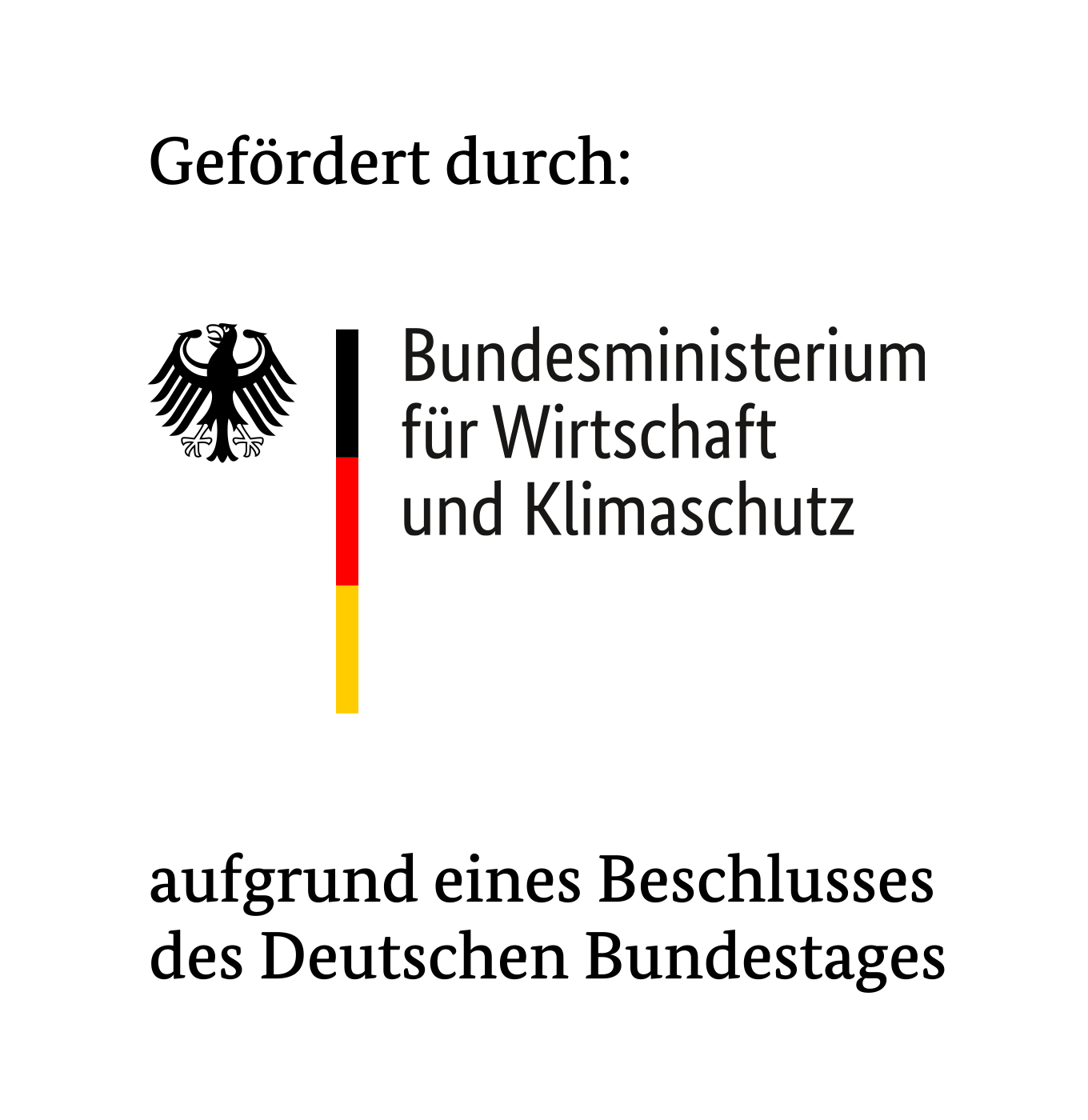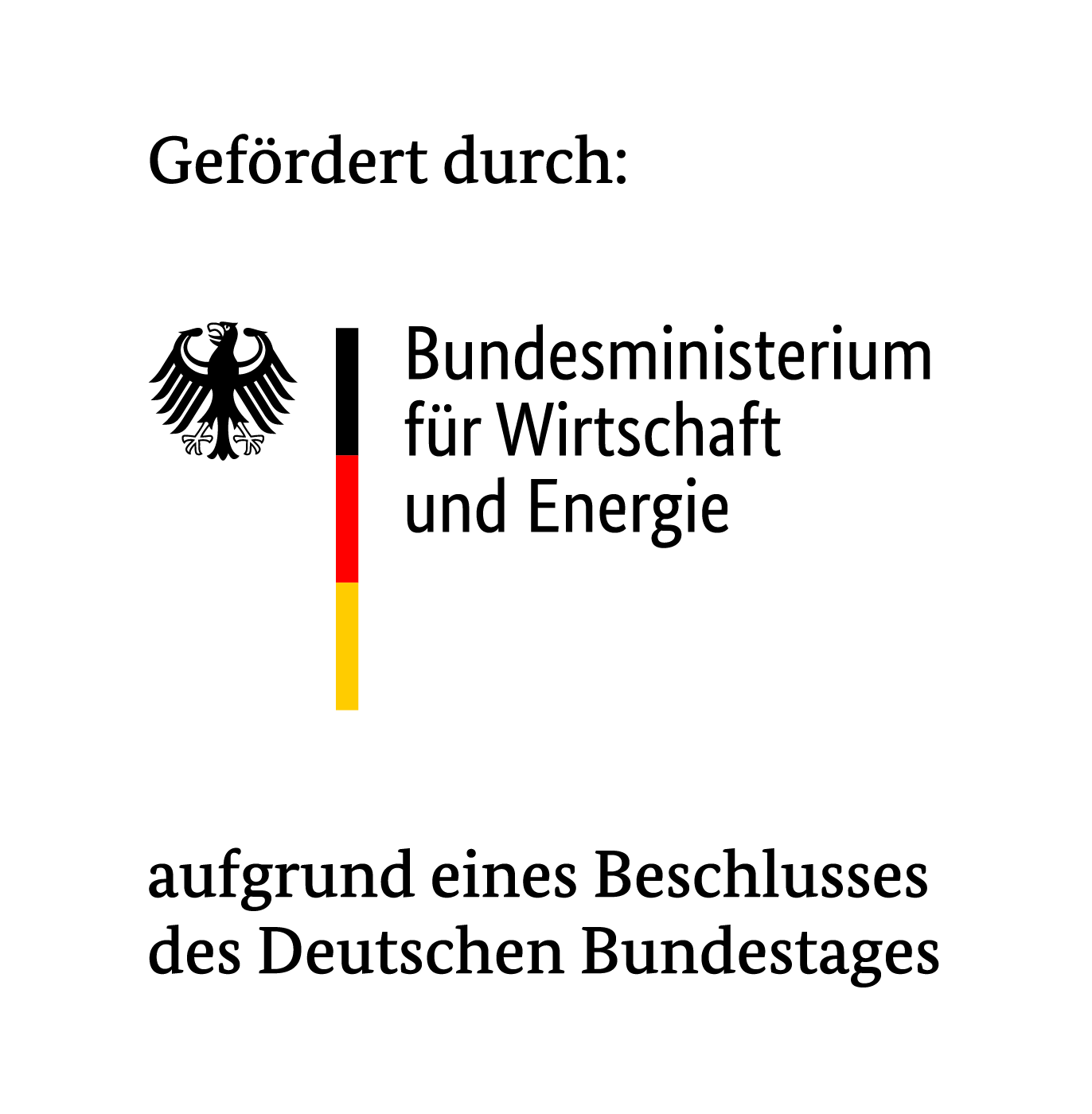project period: 01.07.2019 – 30.06.2022
Research Institutions:
TU Darmstadt – Institute of Materials Science
Abstract
Bei gleichzeitig korrosiv und tribologisch beanspruchten Bauteilen sind nach wie vor Hartchromschichten die erste Wahl. Die seit 2017 existierenden Restriktionen beim Gebrauch Chrom(VI)-säurehaltiger Elektrolyte infolge der REACH Verordnung sowie immer strengere Umweltauflagen erzwingen in vielen Bereichen die Identifikation alternativer Oberflächenschutzsysteme.
Daher besteht ein hohes wirtschaftliches Interesse an der Entwicklung von PVD-Hartstoffschichten, die neben ihren überlegenen tribologischen Eigenschaften auch einen Korrosionsschutz für un- und niedriglegierte Vergütungsstähle bewirken. So far, however, no industrial PVD coatings are available that meet these requirements. With the results of the predecessor project IGF 19124N, a starting point for competitive PVD coating systems is available for the first time.
The main objective of the proposed research project is to optimize the performance of TiMgSEN-based PVD coatings to improve the corrosion and wear protection of unalloyed and low-alloyed steels with application-specific individualized requirement profiles.
The results aimed for in the project hold the following innovation potential:
Exploration of new industrial application areas where PVD coatings have not yet been used due to their previously limited corrosion protection capabilities.
– Identification of limit values and parameter windows to ensure reproducible coating results.
Improvement of environmental and health protection by eliminating chemicals, particularly the carcinogenic hexavalent chromium acid electrolytes used for producing hard chrome coatings.
Economic advantages, as a higher value creation can be achieved with the proposed PVD coating systems compared to those currently available, while maintaining similar coating costs
– Ensuring reproducible coating results and guaranteeing corrosion and wear protection by means of application-specific individualized coatings.
Publications:
H. Hoche, C. Pusch, M. Oechsner: “Corrosion and wear protection of mild steel substrates by innovative PVD coatings.”
Surface and Coatings Technology, Volume 391, June 15, 2020, 125659
https://doi.org/10.1016/j.surfcoat.2020.125659
T. Ulrich, C. Pusch, H. Hoche, P. Polcik, M. Oechsner: Boosting the wear and corrosion properties of PVD-TiMgGdN coated mild steels using novel powder metallurgical TiMgGd targets.
Surface and Coatings Technology, Volume 422, 25 September 2021, 127496
https://doi.org/10.1016/j.surfcoat.2021.127496






